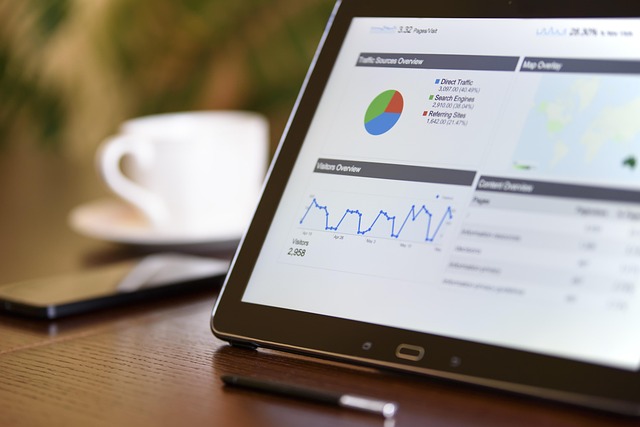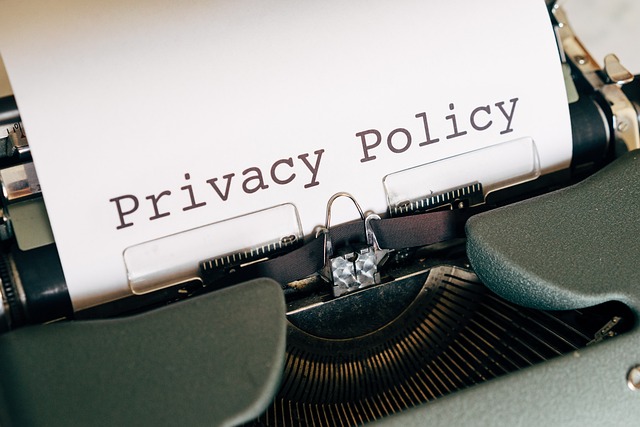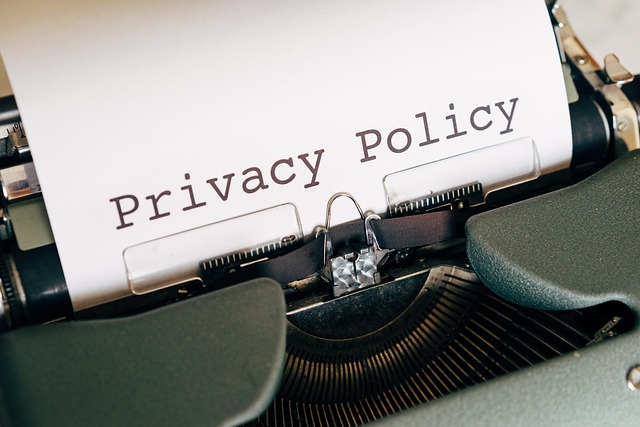
Office Data Protection: Navigating Technology Etiquette and Social Trends
In today’s fast-paced office setting, data protection in an office environment isn’t just a checkbox on a compliance form—it’s a living practice shaped by how we interact with technology and one another. From shared desks to bustling break rooms, every keystroke and coffee break conversation can influence who sees sensitive documents or overhears confidential discussions. Across cubicles, open-plan offices, and remote setups, individuals play a pivotal role in safeguarding the company’s most valuable asset: information.
Technology Etiquette in the Workplace
As digital tools evolve, so do the unwritten rules of office behavior. Respectful technology usage helps minimize accidental data leaks and reinforces a culture of security-awareness. Consider these key etiquettes:
- Screen Privacy: Invest in privacy filters or position monitors away from high-traffic paths. A quick over-the-shoulder glance can expose financial spreadsheets or personal data—small precautions go a long way.
- Secure Printing: Print jobs often pile up at shared printers. Enable “pull printing” or always be present when collecting sensitive documents. This prevents unauthorized eyes from scanning payroll or client lists.
- Device Management: Lock your computer when stepping away, even for a moment. Use strong, unique passwords or biometric locks. Encourage a “lock down, every time” policy to reduce the risk of data breaches.
- Conference Call Considerations: Before sharing your screen, close unrelated tabs or hide confidential content. Mute yourself when not speaking, but remain mindful of background noise that might reveal private information.
- Charging Stations & Cables: Avoid using unknown USB charging points that could be tampered with. A compromised cable can act as a data thief, installing malware or exfiltrating files without your knowledge.
By adopting these simple practices, employees become active participants in a broader data protection strategy—transforming everyday actions into security checkpoints.
Social Trends Shaping Office Data Protection
The rise of hybrid work, social collaboration platforms, and digital wellness initiatives are reshaping how we approach data protection in an office environment. Let’s explore the social trends influencing today’s workplace security landscape:
- Hybrid & Remote Work Cultures: As teams split time between home and office, secure VPNs and encrypted collaboration tools have moved from luxury to necessity. Employees expect seamless, secure access to files anywhere—prompting IT departments to expand zero-trust architectures and multi-factor authentication protocols.
- Digital Collaboration Etiquette: Platforms like Slack, Teams, and shared drives promote rapid information exchange. However, oversharing or misplacing permissions can lead to accidental exposure. Organizations increasingly provide training on channel hygiene, naming conventions, and periodic access reviews to maintain clear security boundaries.
- Data Privacy Awareness Movements: Influenced by global regulations and high-profile breaches, there’s a growing social consciousness around personal and corporate privacy. Pop-up workshops, internal newsletters, and “security champions” programs make data protection a communal responsibility, not just an IT’s domain.
- Wellness & Work-Life Integration: Emphasizing mental health and work-life balance also reduces mistakes born of fatigue. Companies that encourage regular breaks, “no-email” hours, and ergonomic setups see fewer careless errors like unattended laptops or misdirected documents.
By aligning policies with these social trends, organizations foster an environment where everyone—from interns to executives—shares ownership of data protection in an office environment. In turn, this collective vigilance builds trust, enhances productivity, and secures the digital backbone of modern business.



